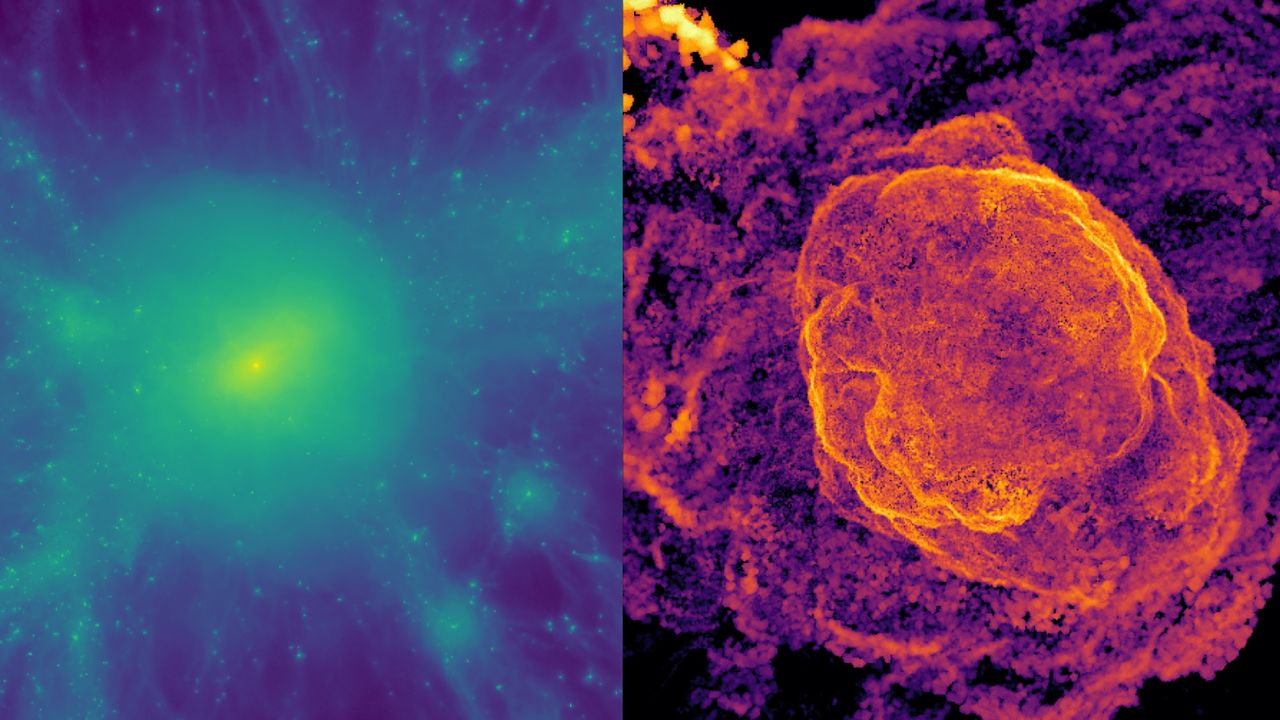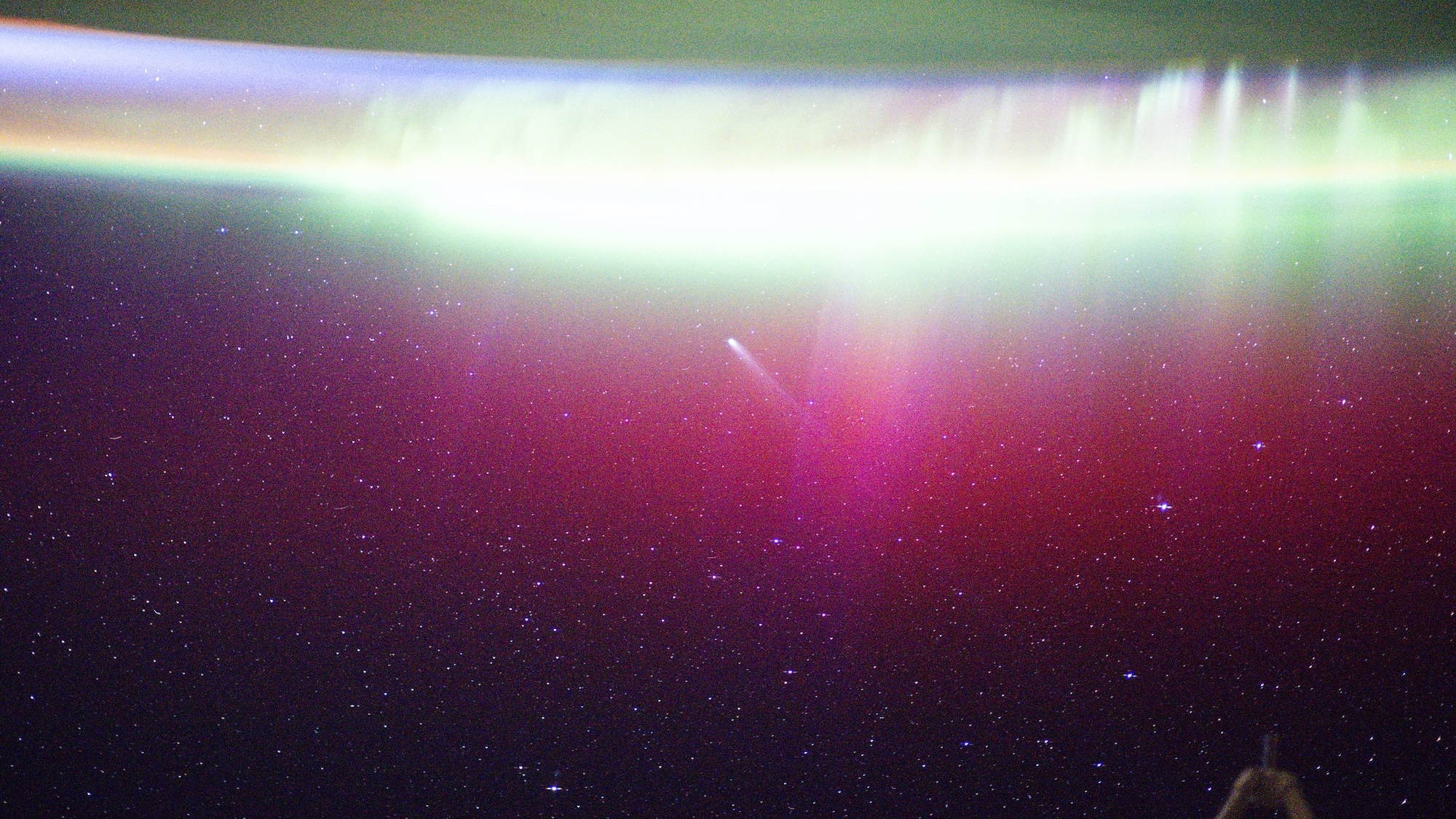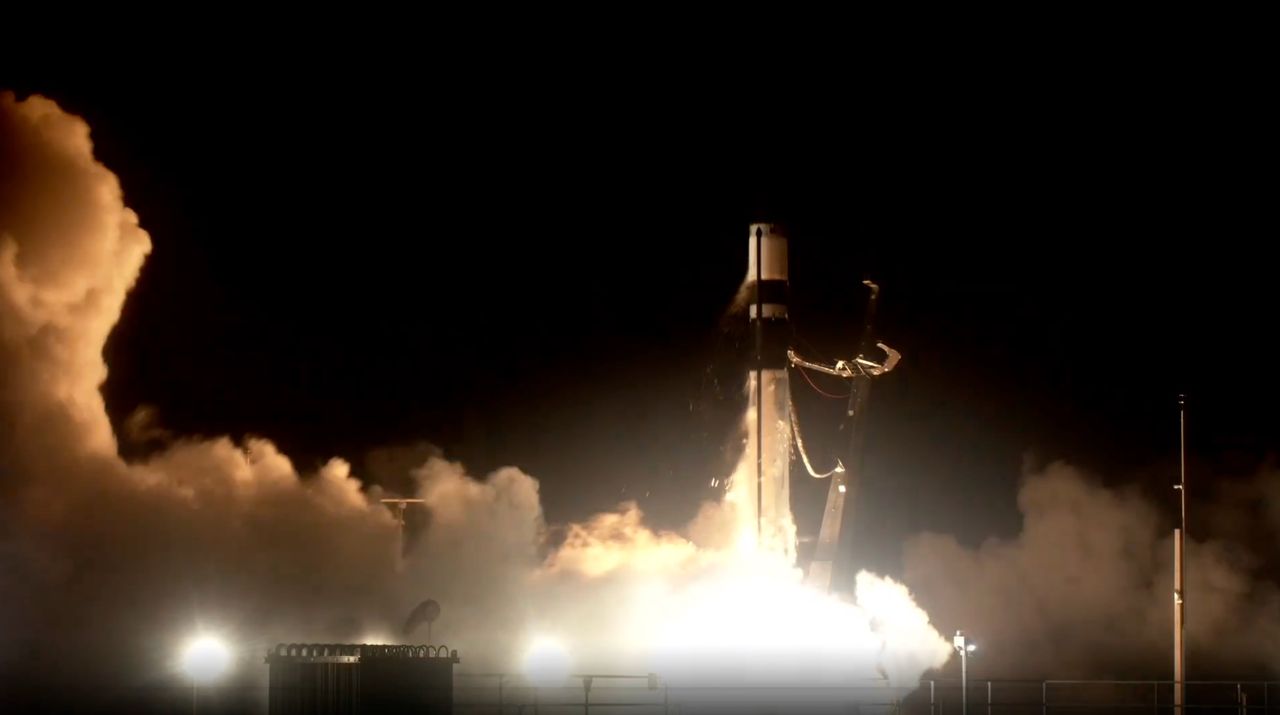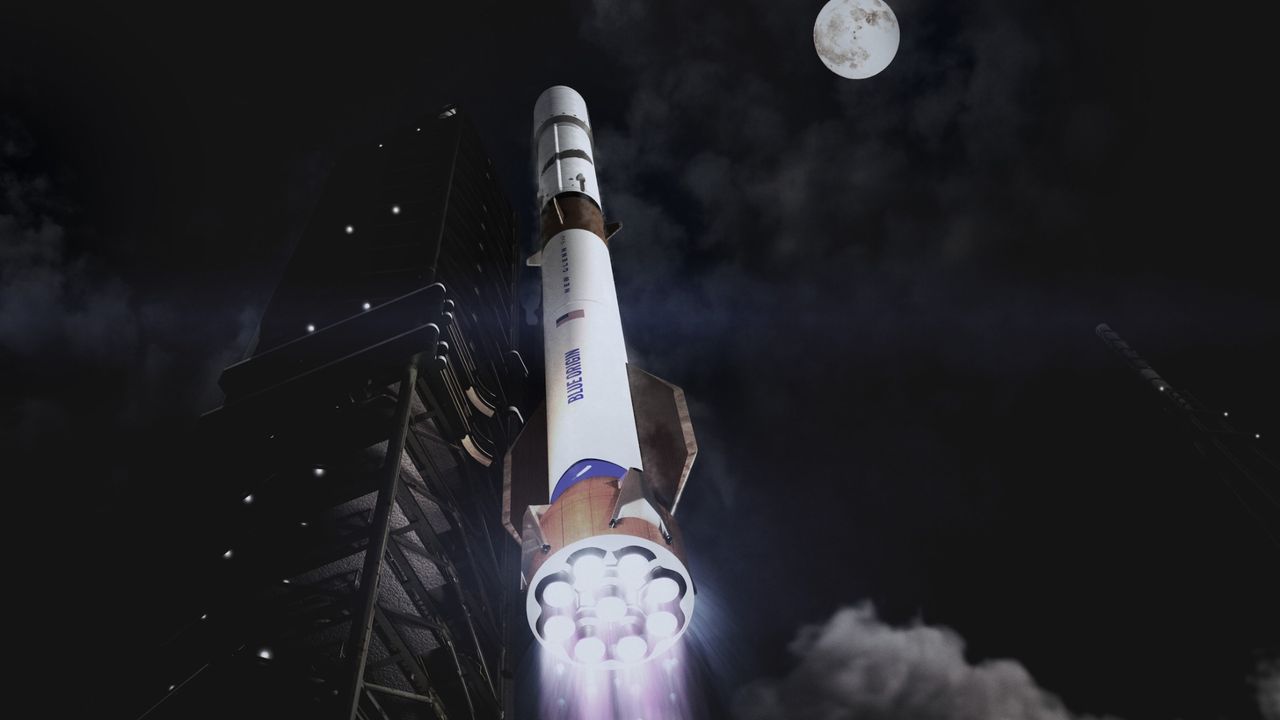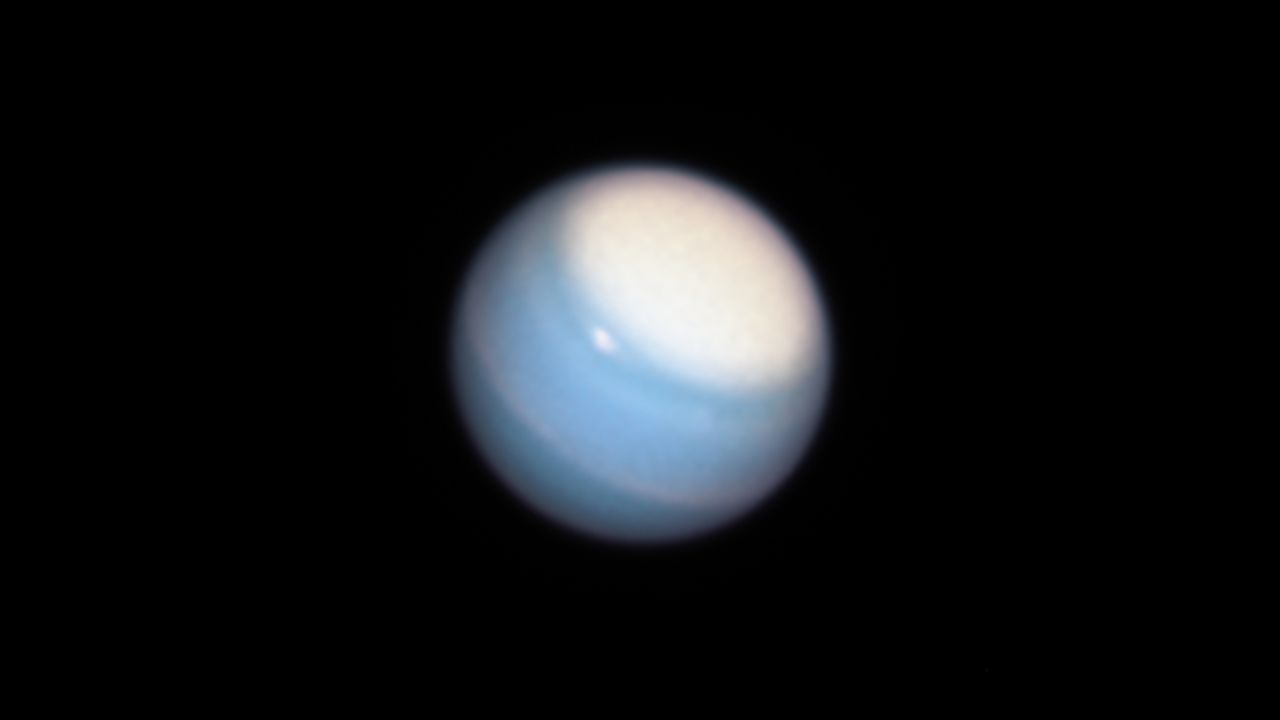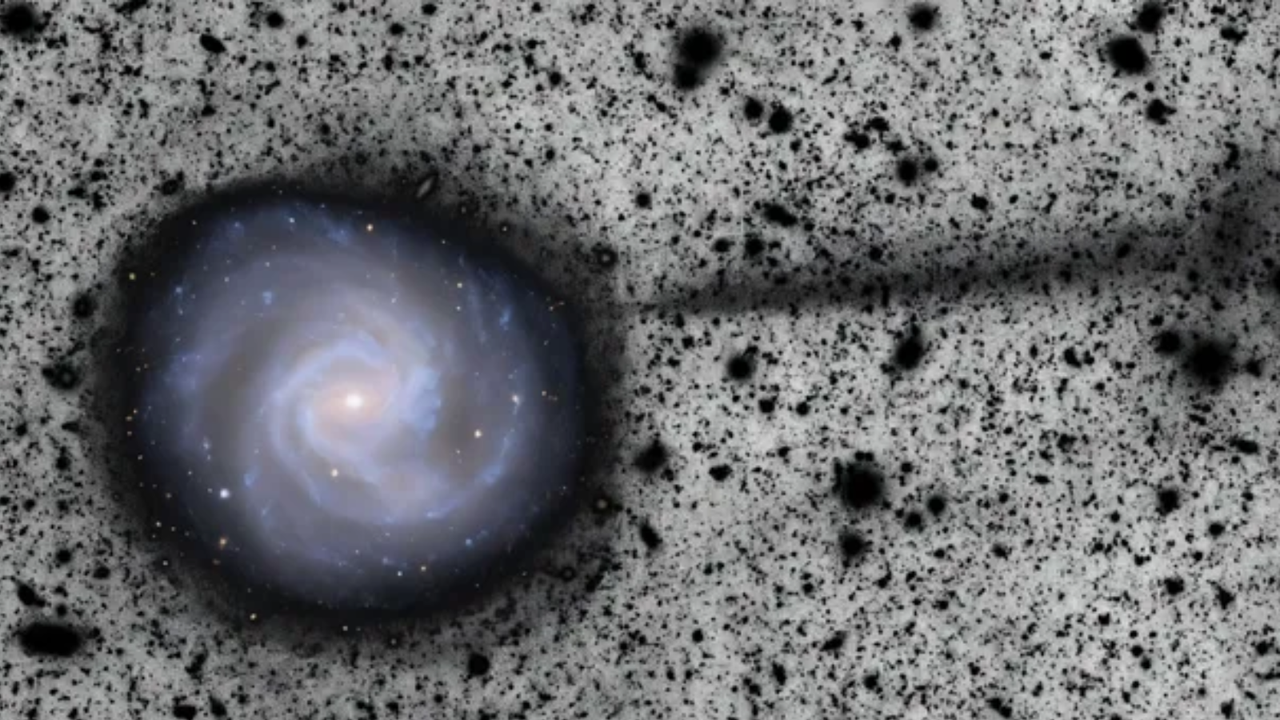'Like a mermaid swimming through a sea of auroras': ISS astronauts photograph 2 comets dancing above the northern lights
PositiveScience
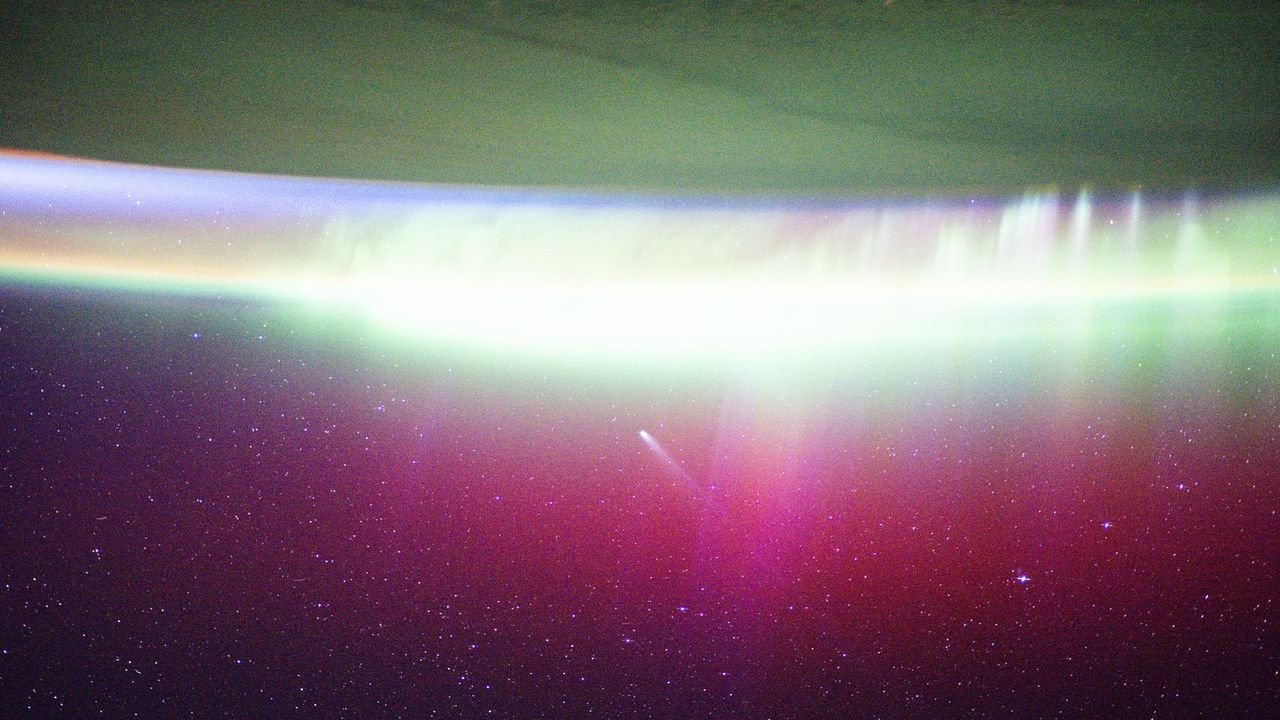
- Astronauts on the ISS photographed two comets moving above the northern lights, showcasing the extraordinary view from space. This event emphasizes the unique observational capabilities of the ISS.
- The ability to capture such celestial events enhances the scientific understanding of comets and their interactions with Earth's atmosphere, providing valuable data for researchers.
- The occurrence of northern lights, influenced by solar activity, continues to captivate skywatchers, linking these phenomena to broader discussions about space weather and its effects on Earth.
— via World Pulse Now AI Editorial System
